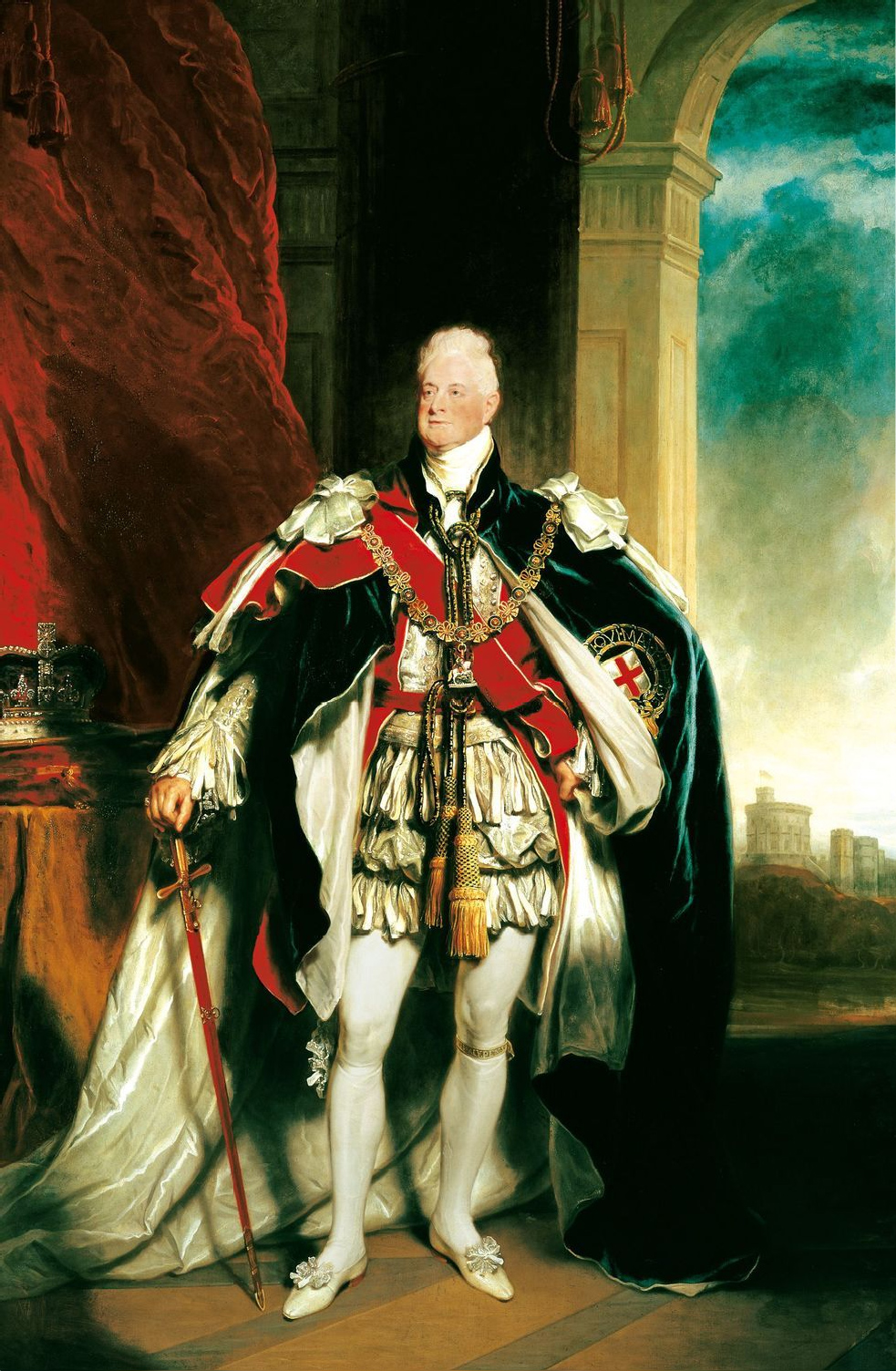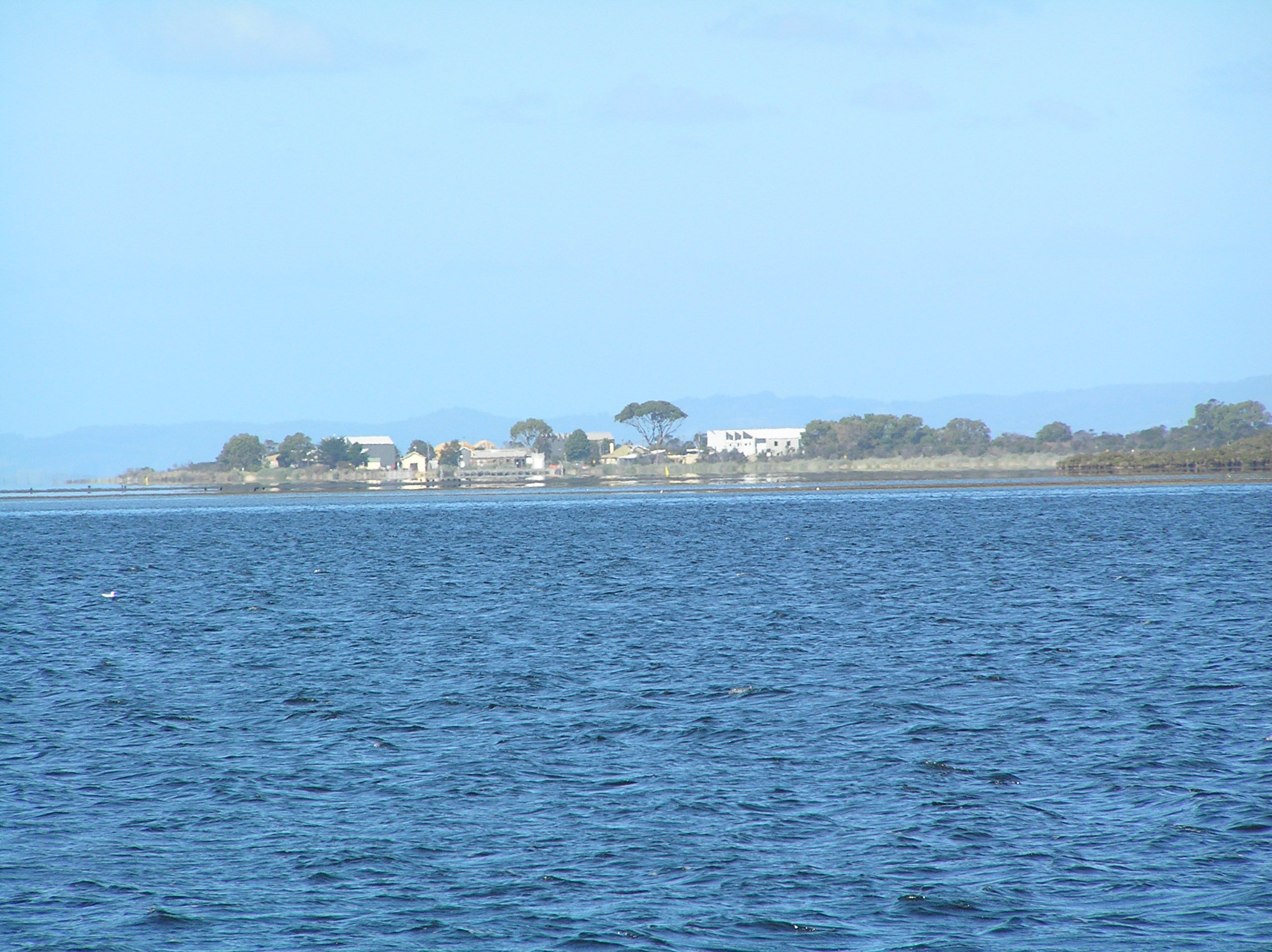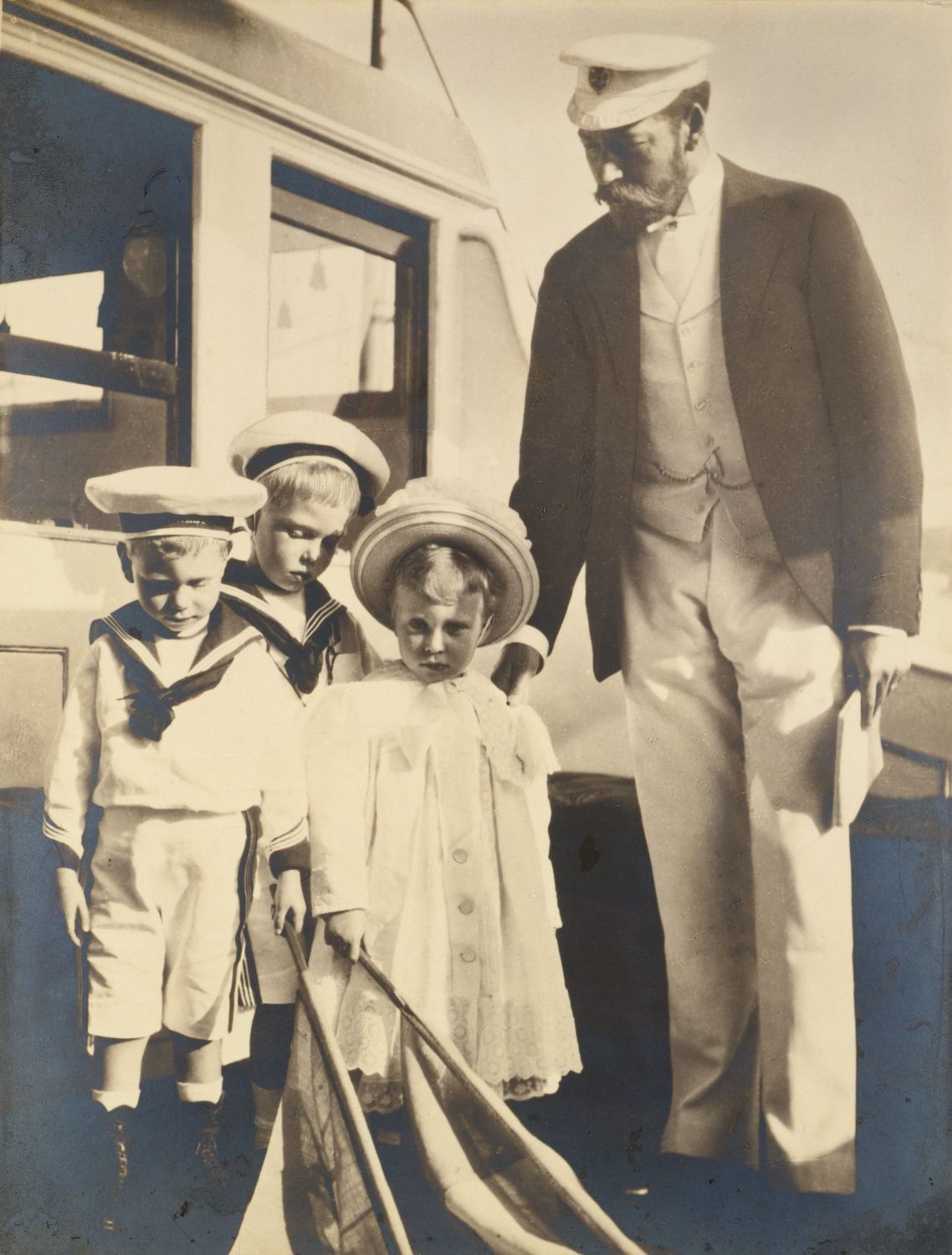|
HMVS Countess Of Hopetoun
HMVS ''Countess of Hopetoun'' was a 1st Class Torpedo Boat of the Victorian Naval Forces, Commonwealth Naval Forces and the Royal Australian Navy. She was named after Hersey, Countess of Hopetoun and later Marchioness of Linlithgow, the wife of the 7th Earl of Hopetoun, the then Governor of Victoria and later the first Governor-General of Australia. Operational history Built by Yarrow and Co. on the River Thames, ''Countess of Hopetoun'' was the last vessel constructed for the Victorian Naval Forces. She arrived at Williamstown, Victoria via the Cape of Good Hope after 154 days under way. The vessel joined the Commonwealth Naval Forces following federation in 1901, then the Royal Australian Navy when it was formed in 1911. During World War I she served in Victorian waters and as a tender to HMAS ''Cerberus''. She attended the arrival of His Royal Highness Edward, The Prince of Wales in Port Phillip on 28 May 1920. The prince arrived aboard the battlecruiser and was received ... [...More Info...] [...Related Items...] OR: [Wikipedia] [Google] [Baidu] |
HMAS Countess Of Hopetoun
His Majesty's Australian Ship (HMAS) (or Her Majesty's Australian Ship when the monarch is female) is a ship prefix used for commissioned units of the Royal Australian Navy (RAN). This prefix is derived from HMS (Her/His Majesty's Ship), the prefix used by the Royal Navy of the United Kingdom, and can be equally applied to warships and shore bases (as Australia follows the British tradition of referring to naval establishments as stone frigates). On 10 July 1911, King George V granted the title of Royal Australian Navy to the naval forces of Australia. At the same time, the prefix and acronym were approved for use in identifying units commissioned into the RAN. The prefix had been used prior to formal approval, with the torpedo-boat destroyer In naval terminology, a destroyer is a fast, manoeuvrable, long-endurance warship intended to escort larger vessels in a fleet, convoy or battle group and defend them against powerful short range attackers. They were originally devel ... [...More Info...] [...Related Items...] OR: [Wikipedia] [Google] [Baidu] |
Williamstown, Victoria
Williamstown is a suburb in Melbourne, Victoria, Australia, south-west of Melbourne's Central Business District, located within the City of Hobsons Bay local government area. Williamstown recorded a population of 14,407 at the 2021 census. History Indigenous history Indigenous Australians occupied the area long before maritime activities shaped the modern historical development of Williamstown. The Yalukit-willam clan of the Kulin nation were the first people to call Hobsons Bay home. They roamed the thin coastal strip from Werribee to Williamstown/Hobsons Bay. The Yalukit-willam were one clan in a language group known as the Bunurong, which included six clans along the coast from the Werribee River, across the Mornington Peninsula, Western Port Bay to Wilsons Promontory. The Yalukit-willam referred to the Williamstown area as "koort-boork-boork", a term meaning "clump of she-oaks", literally "She-oak, She-oak, many." The head of the Yalikut-willam tribe at the time of the ... [...More Info...] [...Related Items...] OR: [Wikipedia] [Google] [Baidu] |
Torpedo Boats Of The Victorian Naval Forces
A modern torpedo is an underwater ranged weapon launched above or below the water surface, self-propelled towards a target, and with an explosive warhead designed to detonate either on contact with or in proximity to the target. Historically, such a device was called an automotive, automobile, locomotive, or fish torpedo; colloquially a ''fish''. The term ''torpedo'' originally applied to a variety of devices, most of which would today be called naval mine, mines. From about 1900, ''torpedo'' has been used strictly to designate a self-propelled underwater explosive device. While the 19th-century battleship had evolved primarily with a view to engagements between armored warships with naval artillery, large-caliber guns, the invention and refinement of torpedoes from the 1860s onwards allowed small torpedo boats and other lighter surface combatant , surface vessels, submarines/submersibles, even improvised fishing boats or frogmen, and later light aircraft, to destroy large shi ... [...More Info...] [...Related Items...] OR: [Wikipedia] [Google] [Baidu] |
List Of Royal Australian Navy Ships ...
Since its foundation in 1913, the Royal Australian Navy has operated a large number of vessels, including various types of warships, support and supply warships. Current ships As of March 2022, the strength of the Royal Australian Navy consists of 43 commissioned vessels, plus 3 non-commissioned vessels. Non-commissioned ships Past ships A B C D E F G H I J K L M N O P Q R S T U V W Y See also * Amphibious warfare ships of Australia References *Royal Australian Navy website Current Ships(ships active in service) Ship Histories(decommissioned ships) {{Royal Australian Navy Navy Ships A ship is a large watercraft that travels the world's oceans and other sufficiently deep waterways, carrying cargo or passengers, or in support of specialized missions, such as defense, research, and fishing. Ships are generally distinguished ... [...More Info...] [...Related Items...] OR: [Wikipedia] [Google] [Baidu] |
List Of Victorian Naval Forces Ships
List of Ships of the Victorian Naval Forces Before Federation in 1901 five of the six separate colonies maintained their own naval forces for defence. The colonial navies were supported by the ships of the Royal Navy's Australian Station which was established in 1859. The separate colonie ..., 1855–1901: A B C E F G L N V References *''Warships of Australia,'' Ross Gillett, Illustrations Colin Graham, Rigby Limited, 1977, {{ISBN, 0-7270-0472-7 Victorian Naval Forces ships Victorian Naval Forces ships ... [...More Info...] [...Related Items...] OR: [Wikipedia] [Google] [Baidu] |
Port Phillip
Port Phillip (Kulin languages, Kulin: ''Narm-Narm'') or Port Phillip Bay is a horsehead-shaped bay#Types, enclosed bay on the central coast of southern Victoria (Australia), Victoria, Australia. The bay opens into the Bass Strait via a short, narrow channel (geography), channel known as The Rip, and is completely surrounded by suburbs and localities (Australia), localities of Victoria's two largest cities — metropolitan Greater Melbourne in the bay's main eastern portion north of the Mornington Peninsula, and the city of Greater Geelong in the much smaller western portion (known as the Corio Bay) north of the Bellarine Peninsula. Geographically, the bay covers and the shore stretches roughly , with the volume of water around . Most of the bay is navigable, although it is extremely shallow for its size — the deepest portion is only and half the bay is shallower than . Its waters and coast are home to Pinniped, seals, whales, dolphins, corals and many kinds of seabirds and ... [...More Info...] [...Related Items...] OR: [Wikipedia] [Google] [Baidu] |
Swan Island (Victoria)
Swan Island (Wathaurong: ''Woorang-a'look'') is a 1.4 km2 sand barrier island which, with Duck Island and the Edwards Point spit, separate Swan Bay from Port Phillip in Victoria, Australia. It lies close to and north of the town of Queenscliff at the eastern end of the Bellarine Peninsula, and is an official bounded locality of the Borough of Queenscliffe. Description Swan Island Swan Island is home to the Queenscliff Golf Club on land leased from Defence, which occupies the western end of the island, and to the Department of Defence, which operates a training facility occupying the central and eastern parts of the island. It also serves as the land access point for the Queenscliff Cruising Yacht Club on Sand Island. It can be reached by a one-lane vehicular bridge and causeway from Queenscliff via the small saltmarsh-covered Rabbit Island. Access to both Swan and Sand Islands is restricted to members of the golf and yacht clubs, Defence Department personnel, or by per ... [...More Info...] [...Related Items...] OR: [Wikipedia] [Google] [Baidu] |
North Melbourne
North Melbourne is an inner-city suburb in Melbourne, Victoria, Australia, north-west of Melbourne's Central Business District, located within the City of Melbourne local government area. North Melbourne recorded a population of 14,953 at the 2021 census. North Melbourne is bounded by the CityLink freeway to the west, Victoria Street to the south, O'Connell and Peel Streets to the east and Flemington Road to the north. Since July 2008 its local government area has been the City of Melbourne, when it took over the administration of parts of Kensington and North Melbourne that were previously under the City of Moonee Valley, resulting in an increase of approximately 4760 residents and almost 3000 workers (2006 Census). Formerly known as Hotham, it was essentially a working class area, with some middle class pockets, and was one of the first towns in Victoria to be granted Municipal status. Today it continues to undergo gentrification, noted for its Victorian architecture, c ... [...More Info...] [...Related Items...] OR: [Wikipedia] [Google] [Baidu] |
Edward VIII Of The United Kingdom
Edward VIII (Edward Albert Christian George Andrew Patrick David; 23 June 1894 – 28 May 1972), later known as the Duke of Windsor, was King of the United Kingdom and the Dominions of the British Empire and Emperor of India from 20 January 1936 until his abdication in December of the same year. Edward was born during the reign of his great-grandmother Queen Victoria as the eldest child of the Duke and Duchess of York, later King George V and Queen Mary. He was created Prince of Wales on his 16th birthday, seven weeks after his father succeeded as king. As a young man, Edward served in the British Army during the First World War and undertook several overseas tours on behalf of his father. While Prince of Wales, he engaged in a series of sexual affairs that worried both his father and then-British prime minister Stanley Baldwin. Upon his father's death in 1936, Edward became the second monarch of the House of Windsor. The new king showed impatience with court protocol, and ... [...More Info...] [...Related Items...] OR: [Wikipedia] [Google] [Baidu] |
World War I
World War I (28 July 1914 11 November 1918), often abbreviated as WWI, was one of the deadliest global conflicts in history. Belligerents included much of Europe, the Russian Empire, the United States, and the Ottoman Empire, with fighting occurring throughout Europe, the Middle East, Africa, the Pacific, and parts of Asia. An estimated 9 million soldiers were killed in combat, plus another 23 million wounded, while 5 million civilians died as a result of military action, hunger, and disease. Millions more died in genocides within the Ottoman Empire and in the 1918 influenza pandemic, which was exacerbated by the movement of combatants during the war. Prior to 1914, the European great powers were divided between the Triple Entente (comprising France, Russia, and Britain) and the Triple Alliance (containing Germany, Austria-Hungary, and Italy). Tensions in the Balkans came to a head on 28 June 1914, following the assassination of Archduke Franz Ferdin ... [...More Info...] [...Related Items...] OR: [Wikipedia] [Google] [Baidu] |
Federation Of Australia
The Federation of Australia was the process by which the six separate British self-governing colonies of Queensland, New South Wales, Victoria, Tasmania, South Australia (which also governed what is now the Northern Territory), and Western Australia agreed to unite and form the Commonwealth of Australia, establishing a system of federalism in Australia. The colonies of Fiji and New Zealand were originally part of this process, but they decided not to join the federation. Following federation, the six colonies that united to form the Commonwealth of Australia as states kept the systems of government (and the bicameral legislatures) that they had developed as separate colonies, but they also agreed to have a federal government that was responsible for matters concerning the whole nation. When the Constitution of Australia came into force, on 1 January 1901, the colonies collectively became states of the Commonwealth of Australia. The efforts to bring about federation in the m ... [...More Info...] [...Related Items...] OR: [Wikipedia] [Google] [Baidu] |
Cape Of Good Hope
The Cape of Good Hope ( af, Kaap die Goeie Hoop ) ;''Kaap'' in isolation: pt, Cabo da Boa Esperança is a rocky headland on the Atlantic coast of the Cape Peninsula in South Africa. A common misconception is that the Cape of Good Hope is the southern tip of Africa, based on the misbelief that the Cape was the dividing point between the Atlantic and Indian oceans, and have nothing to do with north or south. In fact, by looking at a map, the southernmost point of Africa is Cape Agulhas about to the east-southeast. The currents of the two oceans meet at the point where the warm-water Agulhas current meets the cold-water Benguela current and turns back on itself. That oceanic meeting point fluctuates between Cape Agulhas and Cape Point (about east of the Cape of Good Hope). When following the western side of the African coastline from the equator, however, the Cape of Good Hope marks the point where a ship begins to travel more eastward than southward. Thus, the first mode ... [...More Info...] [...Related Items...] OR: [Wikipedia] [Google] [Baidu] |



.jpg)



